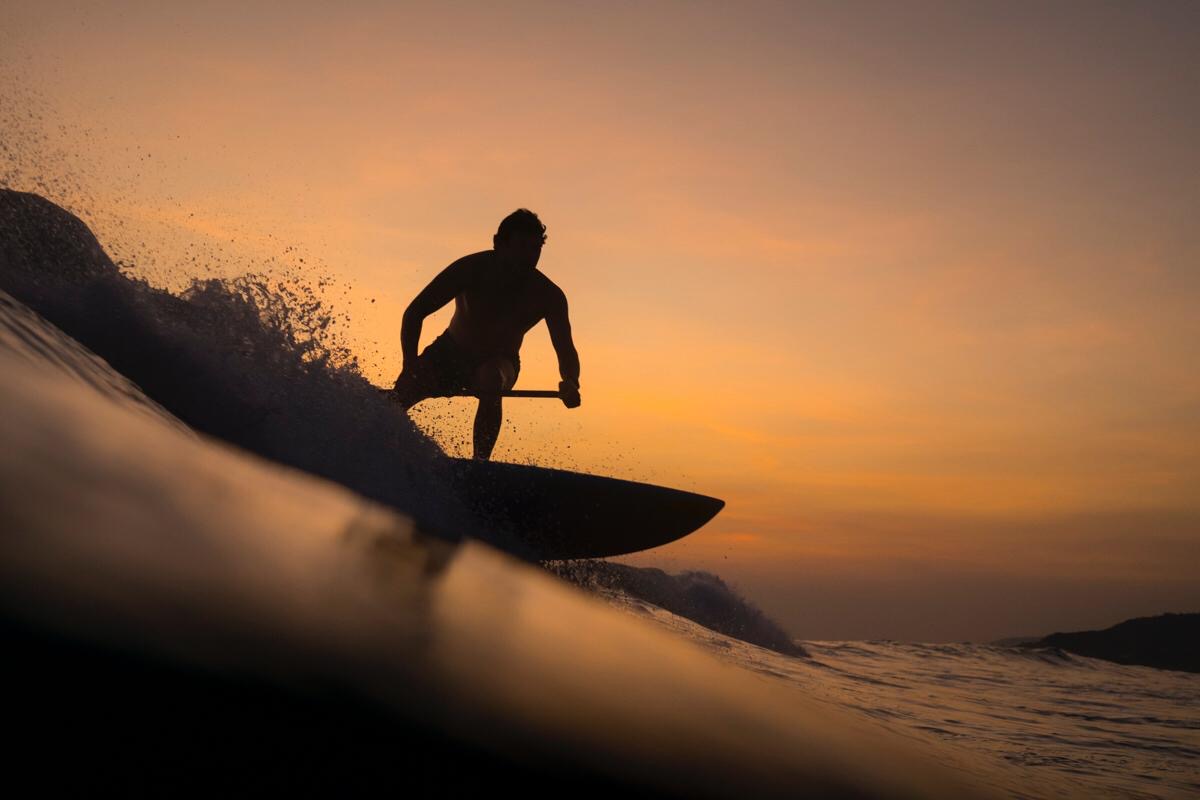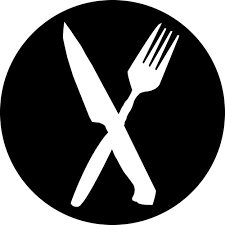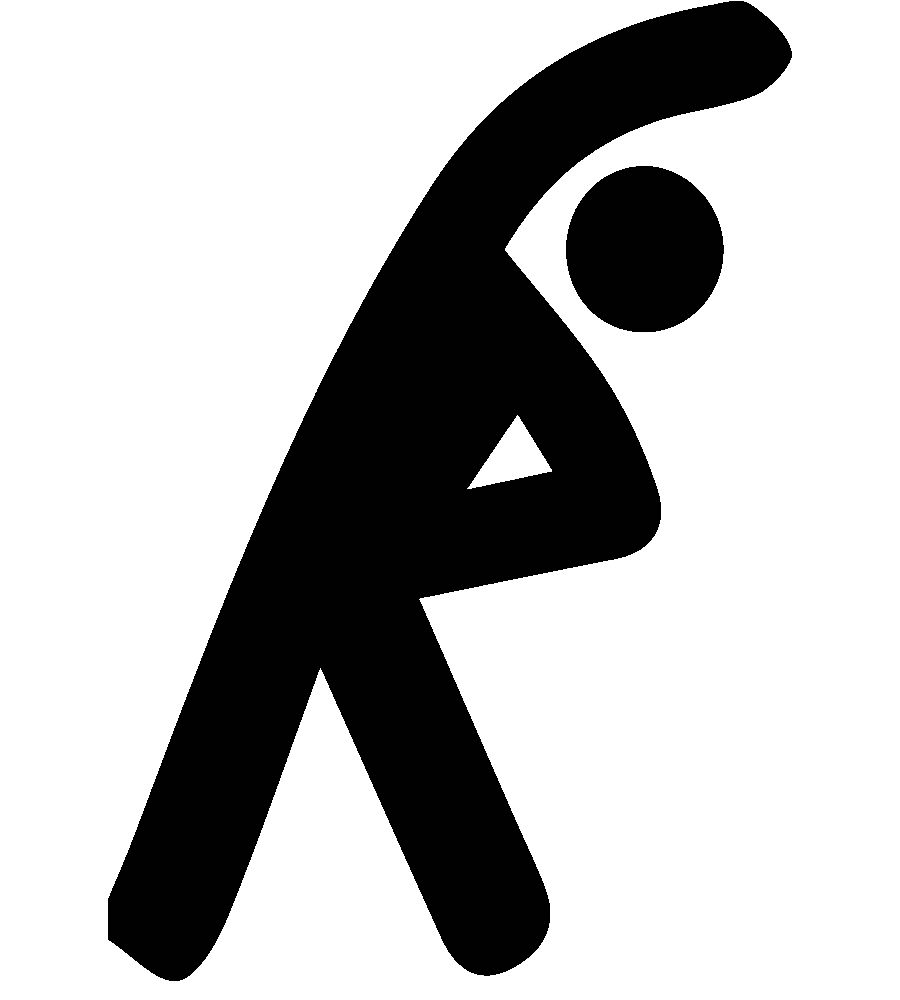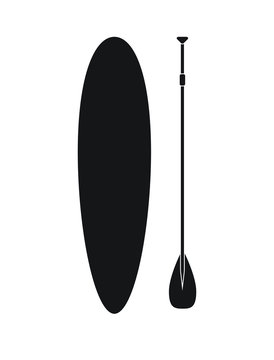Eat – drink – stretch – PADDLE!

Over the past few months, athletes around the world have slowly garnered their speed and force back into active training mode. With the hints of a few local and international events promising to soon be up and running, it has spurred on the competitive urge to action.
In light of this we asked some of our SUP and prone athletes as well as their trainers about what was helpful in the fields of nutrition, hydration and stretching. These are key disciplines for all – not just the elite squads and athletes who live out their days on the water in lives we all dream of!
If the average paddler or prone boarder took just a few moments each day to work on these key areas, it would create some very satisfying results in the months to come, and we would realise that we are all made of the same stuff – it’s just the discipline that sets some apart…
So lets look at how we can get ourselves into top gear through nutrition, hydration and stretching.

Q: Is it worth following a particular nutritional plan when paddling or training for an event, and how does this help your body?
A: Yes, but don’t make a radical switch just before a main event, rather work in any changes in diet with enough time for your body to adjust to them and see if they will actually work for you.
A bit of sage wisdom from the professionals:
– Consistency is key – know what works for you – preferably under the guidance of a trained nutritionist – and stick to the program during competition and main training sessions.
– Replenish and refuel your body to help it recover after a race or training session. This will help maintain a good balance of nutrients in your system and prevent early burnout.
– Eat to compete – different foods give different results:
What are you looking for to improve your game – more energy, fat burning capacity, or a complete change in eating habits? Spend some time reading up about different foods and nutrients and you will certainly gain the benefits.
– It is wise to remember that what works for one person, might not have the same impact on you as metabolism, body shape and activity levels vary from person to person.
– Know YOUR body’s needs and keep it well nourished to enable it to hit those goals!
Q: Which supplements do you use or highly recommend that help with your paddling in a highly notable way?
A: Pre- and post-event fuelling are two key factors. Giving your body the right amount of energy reserves before a race, and helping it to replenish afterwards can dramatically assist in proper storage and retrieval of fuel by your body, helping it to recover well and fast!
Collagen powder and magnesium are huge helps in muscle recovery and are staple items in many sports kits.
One need not depend only on supplements when fat-boosters like avocados, dried wors and sardines can be a supremely effective energy source, along with bananas. Snacking during the day can help your body store up reserves for a much-needed racing or training boost.

Q: How often do you hydrate during a regular day, as compared to during high-intensity training? Do you use any particular energy drinks or just water?
A: Water – always the essential ingredient in our life! One to two litres of water per day should be the general standard.
The main idea is to increase your intake as you increase your training. Hydrate up to 50% of your intake before a race, 30% during and 20% after – if doing long races. For shorter distances, hydrate before and after.
When looking at electrolyte-based or similar drinks, don’t just go for the “well-known” brands who have superpower marketing teams at their disposal. Once again – find out what your body needs – and look for something that is effective for you – not just a “nice flavour” or a sugar-loaded option.
Q: What type of stretches do you think are the most important for a paddler to use to warm up with before hitting the water?
A: It is important to recognise the differences between dynamic and static stretching.
Active or dynamic stretches are great to use before a paddle. They involve controlled movements focused on warming up the body and getting it ready for its particular activity. eg. lunges, squats, a light jog. etc.
Static stretches are relaxing post-paddle options and cool down the muscles in a fixed position by stretching them out while staying still.
Never underestimate the power of a quick stretch mid-paddle to help release some tension. Rolling and running are also often great relaxers of overworked muscles.


Q: Do you do any paddling-specific training or stretching? If so, is there a routine or website you can recommend?
A: Strength and conditioning is so critical in every sport. Power endurance gives you the edge when you need to perform well without exhausting yourself. Be wary of following exercises that are tailored for other sports – rather look at those following the same discipline as you.
We are so privileged today to have access to an endless variety of online resources, but that in itself can be intimidating to a beginner in any sport. The key is to keep educating yourself and asking those in the activity you pursue for some guidance. Learn about static or dynamic stretching for pre- and post-training and focus on the muscles you use in paddling eg. core, legs, arms.
Key idea: choose your training based on what your body needs for paddling, but do use some cross-training for variety too.